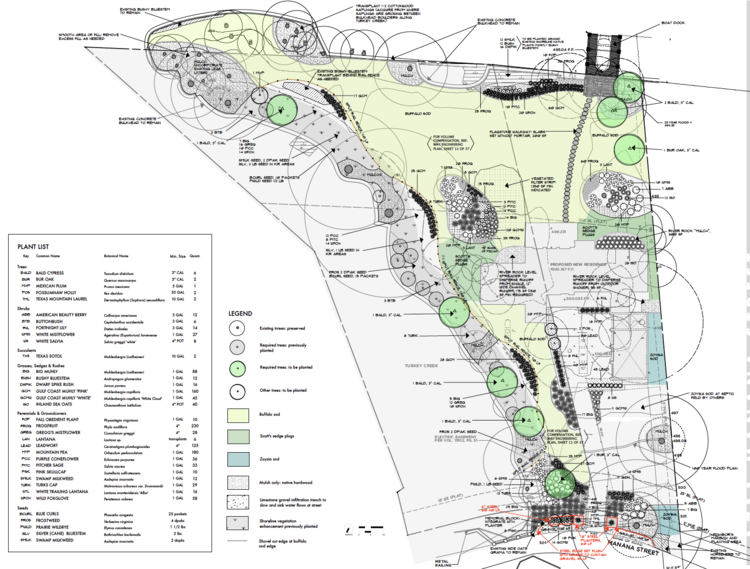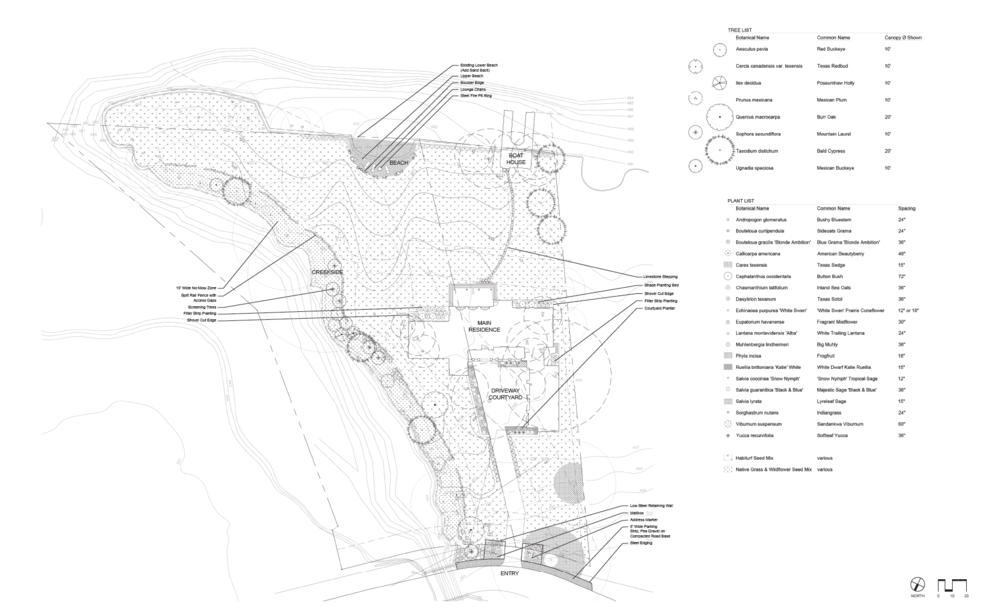
Shoreline/Aquatic Restoration
At Eden, we are passionate about aquatic and shoreline restoration because it allows us to blend ecological stewardship with innovative design. Restoring these vital ecosystems not only enhances biodiversity but also stabilizes shorelines and improves water quality. We love creating vibrant habitats that support local wildlife and provide serene spaces for communities to enjoy. Our commitment to sustainable practices ensures that our projects not only beautify landscapes but also contribute to the long-term health of our environment. Through our work, we aim to inspire others to appreciate and protect these precious natural resources.
Solutions to protect our lakes and streams while keeping your land from eroding
Residential runoff can be dangerous when it washes into bodies of water. Exposed soil leads to dirt and debris washing into our lakes and streams, reducing water clarity. Much of this silt settles to the bottom, literally mucking up fish spawning beds and the habitat for bottom-dwelling species. This warm water is often contaminated with fertilizers, pesticides, and petrochemicals. This dirty water increases water pollution and nutrient loads which leads to species loss, algae blooms, masses of aquatic weeds, and potentially, fish die-offs. If you have a shoreline property, it is important to be sure that you are not contributing to the problem.
The causes of shoreline erosion are many. Loss of the original vegetation on the shoreline and emergent vegetation just offshore are big ones. Many people choose to maintain lawn right up to the water’s edge. Unfortunately, shallow-rooted lawn grasses are easily undercut. Native plants develop communities with deep and intertwining root systems that reinforce and stabilize the soil. Heavy boat traffic also results in more wave energy impacting the shore. Without the aquatic emergent vegetation to dispel the force of each wave, the shore is even more vulnerable to this increased wave action.
A natural solution
Eden can provide a solution: Regrade and repair the damaged shoreline and return native plants to stabilize it in the long-term. This system rebuilds the way nature had long kept our lakes clean and shorelines stable: strong-rooted native plants. Once established, this shoreline native plant community will heal itself, instead of requiring replacement like rip-rap and retaining walls. This reduces the cost of maintenance in long term. These native shoreline plantings take 2-4 years to become fully established and grow stronger, more stable, and more beautiful with time. Re-vegetating lake and stream shores with native plants is the best solution for water quality and long-term shoreline stability.


















